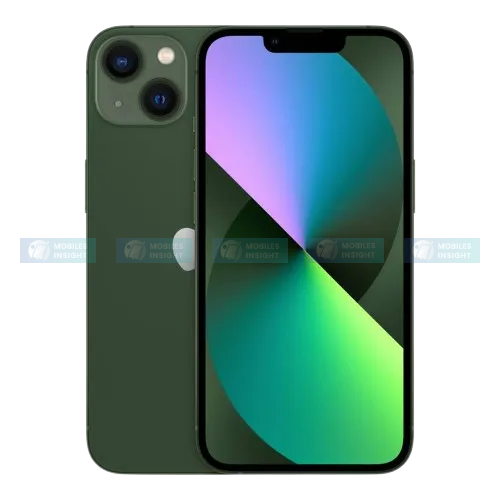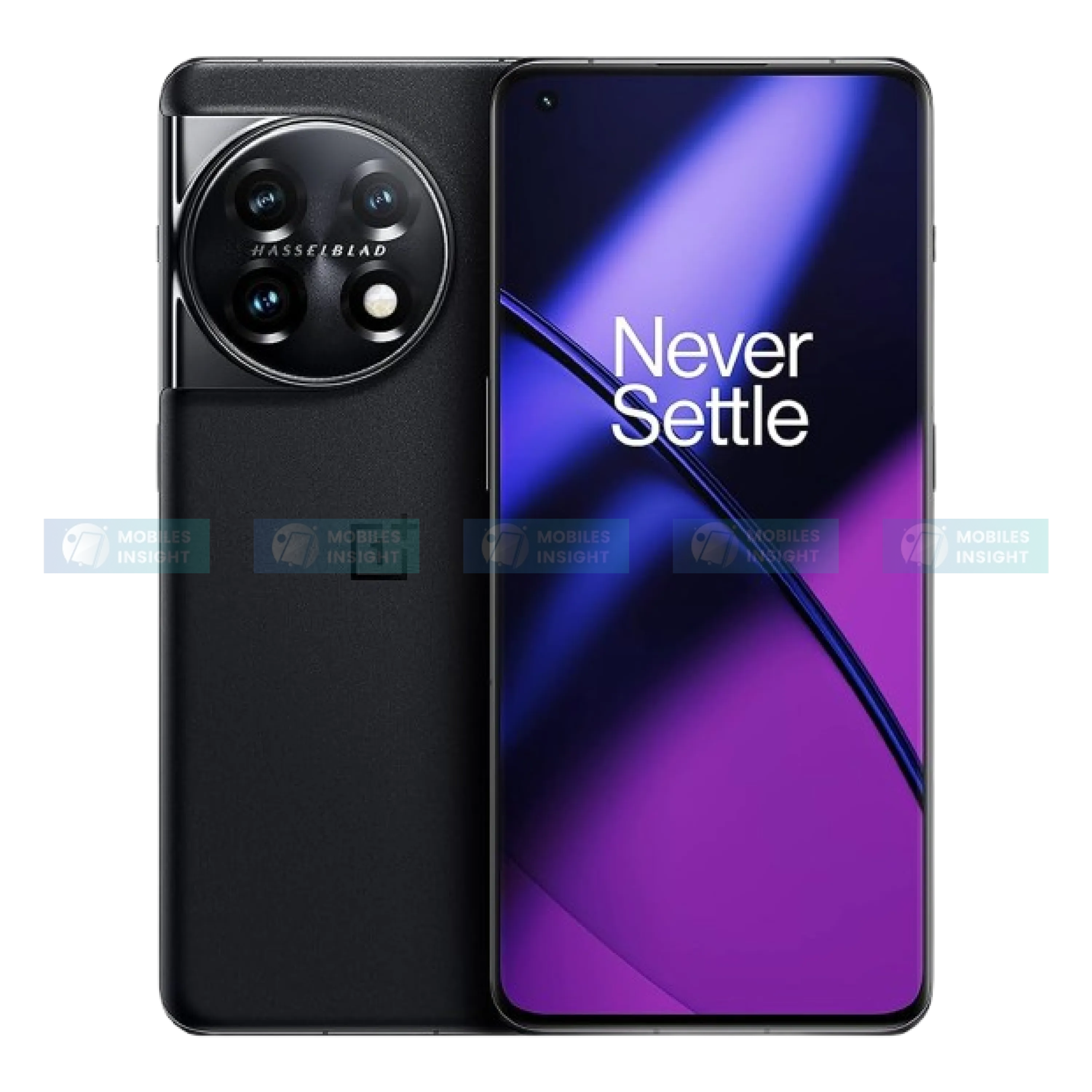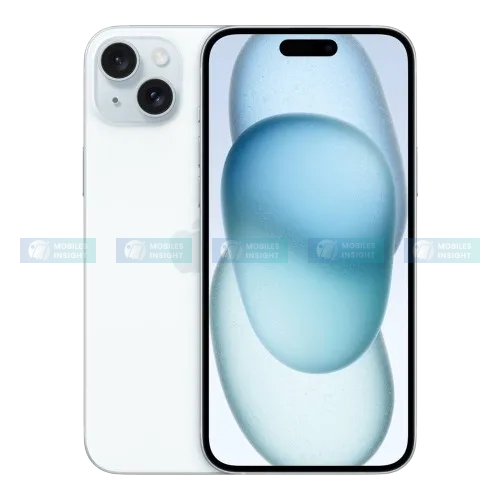
Quad-Curved Display Tech: The Future of Smartphone Screens
Quad-curved display technology is changing the way we use smartphones. In this design, all four sides of the screen curve smoothly into the phone’s body. This makes the phone look more stylish, feel better in the hand, and gives a more immersive viewing experience. Big companies like Apple and Samsung are working on this new mobile display technology. It may soon become a common feature in top-level smartphones. In this article, we’ll look at how this technology is growing, the problems it faces, and what it means for the future of mobile phones.
What is Quad-Curved Display Tech?
Quad-curved display technology refers to a smartphone screen that curves on all four sides: left, right, top, and bottom. Unlike traditional 2D flat panels or dual-edge displays seen on Samsung Galaxy models, this design pushes the screen boundaries further, creating a near bezel-less experience.
In 2020, Xiaomi first teased the concept with its Mi Mix Alpha prototype. Later, brands like Huawei and Vivo experimented with waterfall displays. Now, quad-curved displays are entering a more mature phase with practical use cases, better durability, and support for under-display sensors.
For tech-savvy users in Bangladesh, this is not just a design trend; it’s a leap toward more futuristic, intelligent devices, tightly integrated with smart technology ecosystems.
Why Quad-Curved Displays Are Gaining Momentum?
-
Immersive Viewing: Since the screen curves on all four sides, videos and images cover the whole display, giving a smooth and full viewing experience.
-
Design Minimalism: The bezels around the screen almost disappear, making the phone look smart, stylish, and smooth all around.
-
Better Screen-to-Body Ratio: Compared to punch-hole or notch designs, quad-curved screens give you more usable display area.
-
Advanced UI Experience: Curved edges can be used for touch gestures, virtual buttons, notification lights, and other interactive features.
These benefits are making phone makers take curved screens more seriously. At first, people had mixed feelings because of accidental touches and weak screens. But new technology like better palm rejection and strong Gorilla Glass Victus has solved these problems.
Moreover, the latest developments reveal enhanced under-display camera integration and AI-powered touch sensitivity improvements, accelerating user adoption worldwide.
Real-World Applications of Quad-Curved Displays
For regular users, quad-curved screens are not just for looks, they offer many useful benefits:
-
Virtual Assistant Integration: With a bigger screen and smart touch controls, AI assistants like Siri and Google Assistant work better and easier on the phone.
-
Multi-Tasking: Side gestures and floating apps become more responsive, enabling seamless productivity.
-
Gaming & Media: Gamers enjoy ultra-immersive graphics, while streaming platforms benefit from the extra visual edge.
-
Notification Glow: Curved edges can show light notifications for calls, messages, and updates even when the phone is kept face down.
These are not just ideas. Phones like the Vivo NEX 3 and some concept designs of future iPhones show how curved edges can work well with AI features and gesture-based controls. Also, Apple’s new patent for wraparound displays has made people talk more about the foldable iPhone and quad-curved screen designs. It looks like Apple is planning a future where smart AI features and fully curved screens will work together for a better user experience.
How It Aligns with Foldable & Flexible Technology?
The rise of quad-curved displays is closely connected to the growing interest in foldable and rollable phones. You can think of it as something in between a flat screen and a foldable phone. It’s more advanced than a flat display but stronger than a foldable one.
Phones like the Samsung Galaxy Z Flip5 and Google Pixel 9 Pro Fold have opened a new way to do more on a phone, but they still have problems like screen creases and heavy weight. On the other hand, quad-curved display phones keep a solid and simple design while giving a modern and premium look.
This brings up an interesting question: Could quad-curved displays be the middle point between normal phones and future foldable iPhones?
As Apple and others bring smart AI like Perplexity AI to phones, display technology also needs to improve. It must support smarter controls, a better user experience, and helpful features on the edges. Curved displays can be used as smart areas to show information or give quick actions.
Are Consumers Ready for Quad-Curved Display Phones?
Let’s talk about user readiness. In Bangladesh, many people are still getting used to curved displays. Expensive phones like the Samsung Galaxy S24 Ultra and Xiaomi 14 Pro are slowly helping users become familiar with this new design.
But quad-curved display phones are still considered luxury items. Their high price, along with worries about how easily they can break and how hard they are to repair, keeps them less popular for now.
However, smart technology is becoming a regular part of daily life in Bangladesh. From scanning QR codes at restaurants in Dhaka to using AI-powered cameras in schools, people want more advanced and smart devices. If companies can set the right price and get support for local production, quad-curved phones could become more common in our market.
The Engineering Challenges Behind the Beauty
Making a quad-curved display is not just about bending the glass. It’s a complex engineering process with many steps. Here’s what happens behind the scenes:
-
Flexible OLED Panels: These panels must bend without cracking, especially at micro-radius curves.
-
Touch Sensors & Digitizers: Maintaining consistent touch sensitivity across the curved edges is a complex task.
-
Structural Integrity: Devices must remain rigid enough to avoid damage from pressure or drops.
-
Waterproofing: Sealing off water ingress becomes more challenging with curved seams.
Recent research from companies like BOE and Samsung Display shows good progress in flexible glass and strong frame designs for curved screens. Apple is also doing research. With help from AI tools like OpenAI, they are working on smart edge features that can respond to touch and use AI directly on the screen.
Which Brands Are Leading This Innovation?
While Xiaomi and Vivo have laid the groundwork, the race is intensifying:
-
Samsung: Focused on foldables but holds significant patents in edge-display tech.
-
Apple: Patent filings around all-screen glass enclosures and edge-interactive notifications show strong intent.
-
Huawei: Despite trade restrictions, still investing in curved-display R&D.
-
Oppo: Known for its sleek prototype innovations, including quad-edge panels.
As design and usability come closer together, these brands are not just focusing on looks. They are creating display-focused systems that work with AI, cloud storage, and gesture-based controls.
The Role of AI in Curved Display Interfaces
AI plays an important role in making quad-curved displays useful, not just stylish. Features like gesture shortcuts, edge tools, smart lighting, and custom notifications are all improved by AI.
Apple is also planning to bring Perplexity AI into iPhones, which shows how smart features and user interaction are coming together. With quad-curved displays, these features can feel even more smooth and natural.
In future phones that support AI tools like OpenAI’s browser, we might see smart edge notifications, automatic scrolling, or touch actions based on how you use your phone.
For developers in Bangladesh, this is a great chance to create apps that work with the phone’s curved edges and make the phone more interactive and useful.
Future Prospects: Beyond Smartphones
Quad-curved display tech won’t stay confined to phones. We can expect spillovers into:
-
Smartwatches: 360-degree displays around the wrist.
-
Tablets: Edge-lit multitasking zones.
-
AR Glasses: Seamless wraparound HUD interfaces.
-
Smart Home Panels: Interactive curved displays for ambient control.
Even car display systems might start using this curved design. It can help with easier navigation and touch control on the dashboard. This shows a bigger trend towards smart technology, where curved screens make it easier to interact using natural movements and gestures.
Final Thoughts
Quad-curved displays show how art and science come together in smartphone development. They offer more than just a nice look. They support edge AI, change how users interact with phones, and help new ways of using devices. For the growing tech community in Bangladesh, this is not just a futuristic idea. It is the start of a new digital way of life. As brands like Apple, Samsung, and Oppo improve their designs, quad-curved phones may soon become normal for premium users.
If the foldable iPhone rumors come true, and AI in iPhone software gets an edge-friendly user interface, then we are truly moving into a smart technology future, one curve at a time.
Most Common FAQs
Q1: Is a quad-curved display better than flat or dual-edge screens?
Ans: Yes, it offers superior aesthetics, immersive visuals, and smart edge interaction. However, it may cost more and demand better handling.
Q2: Are quad-curved phones durable enough?
Ans: With modern materials like Gorilla Glass Victus and a reinforced chassis, current models are more durable than earlier curved phones.
Q3: Will Apple adopt quad-curved screens in future iPhones?
Ans: While not confirmed, Apple’s patents and AI-driven display innovations suggest high chances, especially amid foldable iPhone rumors.
Q4: Can AI improve curved display usability?
Ans: Definitely. AI optimizes touch zones, prevents accidental touches, and personalizes edge interactions for individual users.
Q5: Are these displays practical for daily use in Bangladesh?
Ans: Yes, especially for tech-savvy users in urban areas who value premium experience, AI features, and immersive content.
Popular Phone Reviews

Samsung Galaxy A70 Review: Features, Performance, and Value Insights

Apple iPhone 16 Pro Max Review: Features, Performance, and Value Insights

Apple iPhone 12 Pro Max Review: Features, Performance, and Value Insights

Xiaomi Redmi 12 Review: Features, Performance, and Value Insights






